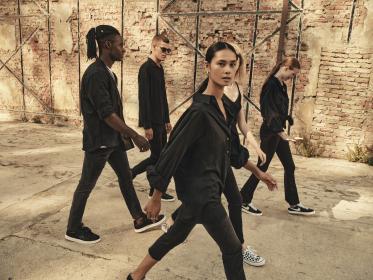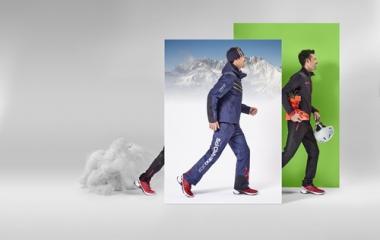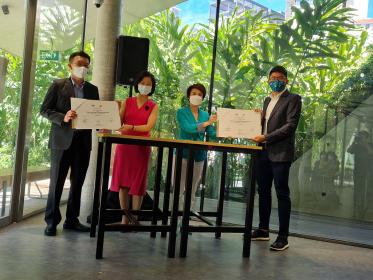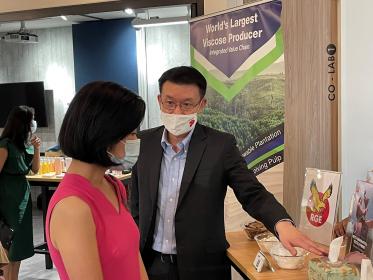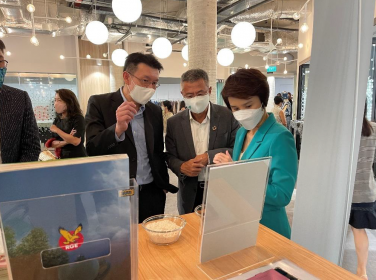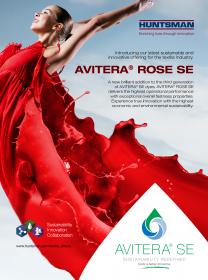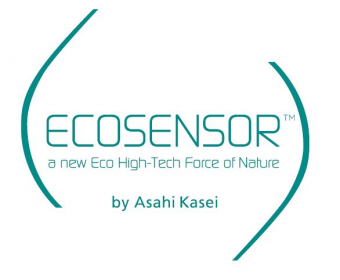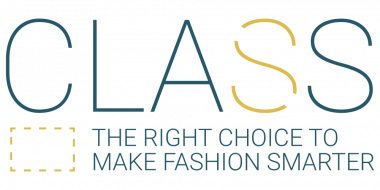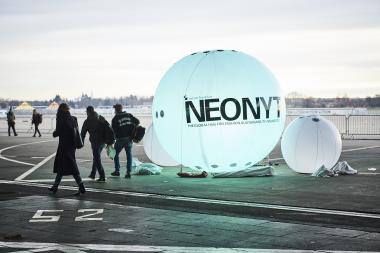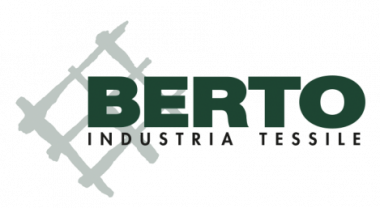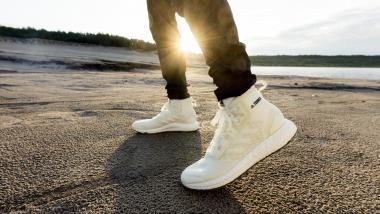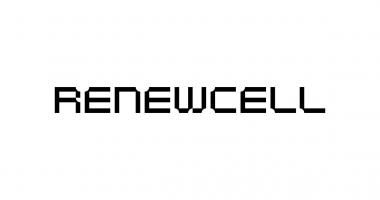Neues Messeformat: Istanbul Fashion Connection vom 9.-12. Februar 2022
Istanbul Fashion Connection feiert Premiere: 300 Firmen und Marken präsentieren sich im Februar kommenden Jahres auf 30.000 qm im Istanbul Expo Center. Die Messe findet unter 2G-Regeln und Einhaltung strikter Hygienemaßnahmen statt.
Mit der Istanbul Fashion Connection lanciert die Istanbul Apparel Exporter's Association (IHKIB), Global Player unter den Exportverbänden und Interessenvertreter der türkischen Bekleidungs- und Textilindustrie, eine neue Plattform für die internationale Modebranche. Unter einem Dach wird die gesamte Palette der Bekleidungsindustrie präsentiert: Womenswear, Menswear, Kidswear, Denim. Show-in-Shows mit den Produktbereichen Lingerie und Strumpfwaren sowie Braut- und Abendmode komplettieren das Angebot.
Als halbjährliche Veranstaltung - der nächste Termin ist vom 24.-26. August 2022 - bietet Istanbul Fashion Connection einen Überblick über türkisches Design, Produktionsqualität und Serviceangebote der türkischen Modeindustrie.
Eine der größten Herausforderungen für Industrie und Handel in der Modeindustrie sind momentan nicht funktionierende Lieferketten, mit entsprechenden Konsequenzen für die Modebranche. Lieferstörungen werden zum größten Kostentreiber, wie eine aktuelle McKinsey-Studie zeigt. Nearshoring nimmt eine Schlüsselfunktion ein, Geschwindigkeit und Flexibilität in der Beschaffung sind zentrale Wettbewerbsfaktoren. Über 70% der befragten Sourcing-Verantwortlichen planen, bis 2025 ihren Einkauf aus nah gelegenen Ländern zu erhöhen. Die Türkei gehört hierbei zu einem der interessantesten Beschaffungsstandorte, sie ist zum ersten Mal in den Top 3. Das Land liegt strategisch günstig zwischen Europa und Asien und die Türkei ist Mitglied der EU-Zoll-Union.
Themen wie digitale Transformation, Smart Clothing, technische Textilien und Sustainability stehen im Fokus der Seminare und Workshops auf der Istanbul Fashion Connection. Trend Zonen und Modenschauen informieren über aktuelle Trends.
Für Besucher bietet IHKIB ein attraktives Einladungsprogramm inklusive Unterkunft und Transfer an.
JANDALI MODE.MEDIEN.MESSEN






